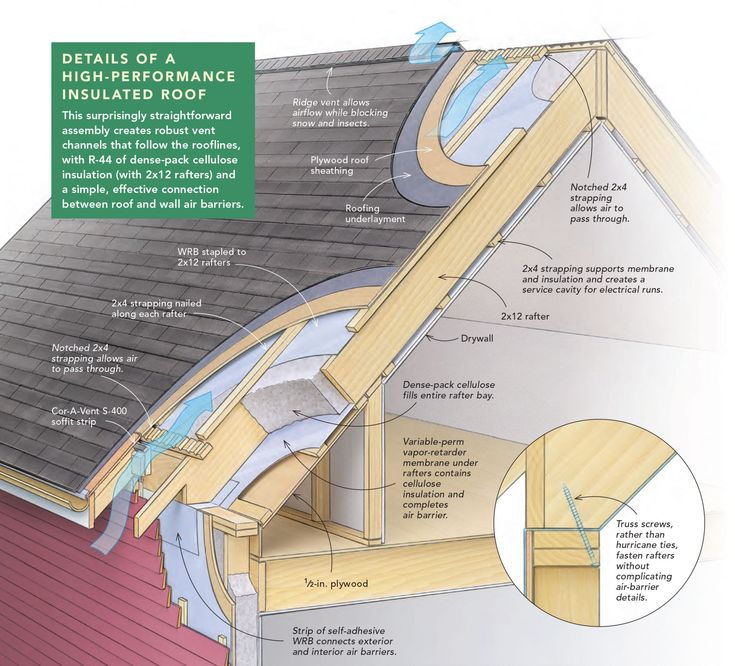When it comes to creating a comfortable and efficient living or working environment, roof insulation and soundproofing are often overlooked aspects that play a crucial role roof insulation. Whether you are renovating an existing space or designing a new one, understanding the benefits and methods of roof insulation and soundproofing can significantly enhance your property’s comfort, energy efficiency, and overall value.

What is Roof Insulation?
Roof insulation involves the use of materials to reduce heat transfer through the roof. This is vital in maintaining a consistent indoor temperature, reducing energy consumption, and minimizing utility bills. Insulation works by slowing the transfer of heat, which helps keep buildings warm in winter and cool in summer.
Types of Roof Insulation
- Fiberglass Insulation:
- Pros: Non-combustible, resistant to moisture, and available in batts, rolls, or loose-fill.
- Cons: Can irritate the skin and lungs if not handled properly.
- Foam Board Insulation:
- Pros: High insulating value for relatively little thickness and is moisture-resistant.
- Cons: Requires careful installation to prevent air gaps.
- Spray Foam Insulation:
- Pros: Expands on application, filling gaps and crevices effectively.
- Cons: Higher initial cost and may require professional installation.
- Mineral Wool (Rock Wool) Insulation:
- Pros: Fire-resistant, sound-absorbing, and made from natural or recycled materials.
- Cons: Can be more expensive than other options.
Benefits of Roof Insulation
- Energy Efficiency: Proper insulation can lead to significant energy savings by reducing the need for heating and cooling.
- Comfort: Insulation maintains a stable indoor temperature, enhancing comfort throughout the year.
- Environmental Impact: Reduced energy consumption contributes to lower carbon footprints and supports sustainability efforts.
- Property Value: Energy-efficient homes tend to have higher resale values, making insulation a worthwhile investment.
What is Soundproofing?
Soundproofing is the process of reducing sound transmission between spaces. This is particularly important in urban environments or multi-unit buildings, where noise can be a significant issue. Effective soundproofing enhances privacy, minimizes disturbances, and creates a more serene atmosphere.
Techniques for Soundproofing
- Mass Loaded Vinyl (MLV):
- A heavy, flexible material that adds mass to walls, ceilings, and floors to block sound.
- Acoustic Panels:
- Foam or fabric-covered panels that absorb sound waves, reducing echo and reverberation in a room.
- Soundproof Drywall:
- Denser than standard drywall, it is designed to reduce sound transmission between rooms.
- Insulation:
- Using sound-absorbing insulation materials in the roof or walls can significantly reduce sound transmission.
Benefits of Soundproofing
- Increased Privacy: Soundproofing ensures that conversations and activities in one room do not disturb those in another.
- Enhanced Comfort: Reduces noise pollution from external sources, creating a more peaceful indoor environment.
- Better Sleep Quality: A quieter space promotes better sleep, contributing to overall health and well-being.
Combining Roof Insulation and Soundproofing
For optimal results, combining roof insulation and soundproofing can provide comprehensive benefits. Insulating the roof not only improves energy efficiency but also aids in sound absorption, minimizing outside noise. A well-insulated and soundproofed roof can significantly enhance comfort in residential and commercial properties.
Conclusion
Investing in roof insulation and soundproofing is essential for anyone looking to improve their living or working environment. By understanding the different types of insulation and soundproofing techniques available, property owners can make informed decisions that enhance comfort, energy efficiency, and property value. Whether you opt for fiberglass insulation, spray foam, or soundproof drywall, prioritizing these elements can lead to a more enjoyable and sustainable space.
